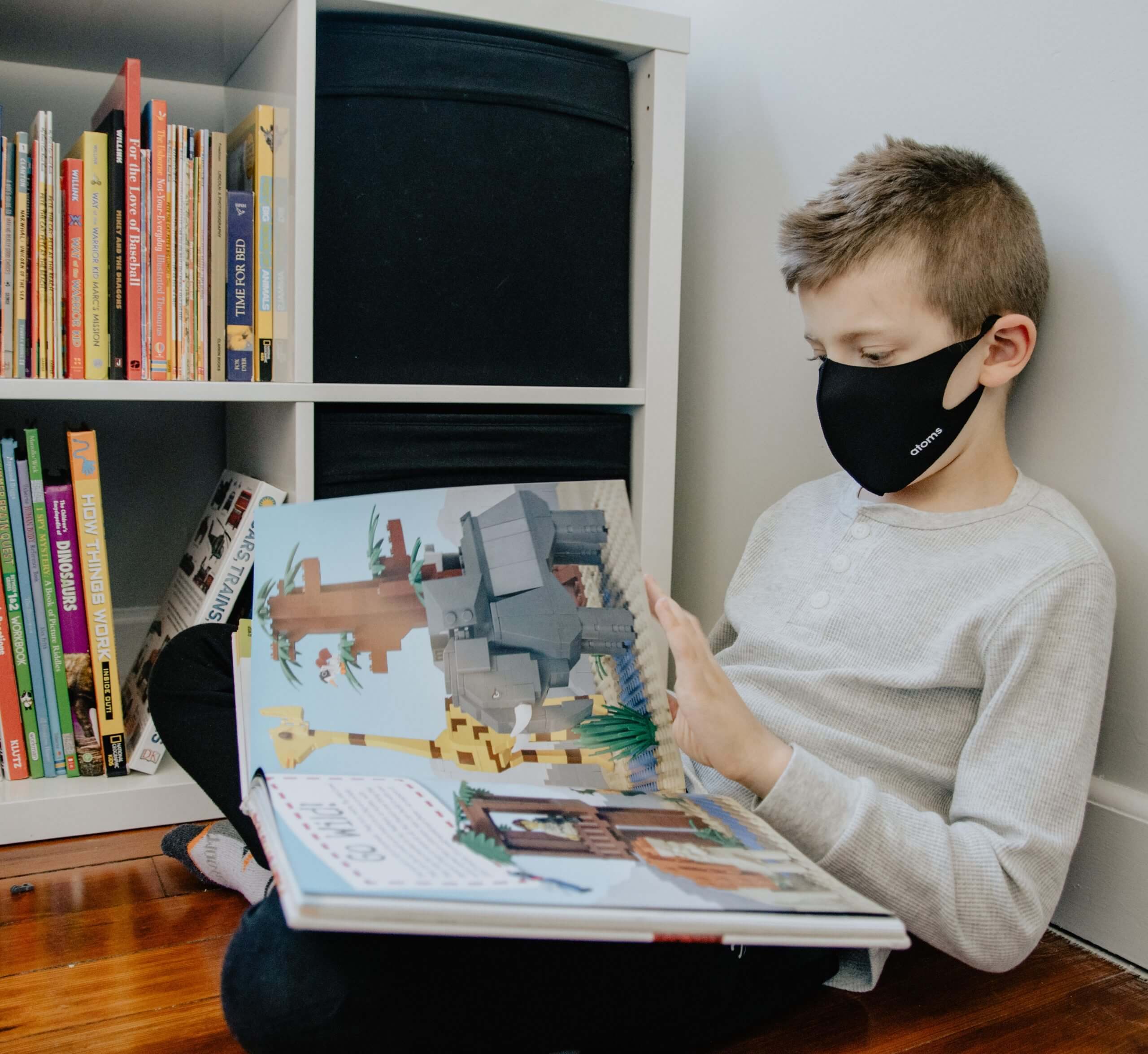The pandemic has thwarted schedules, upended our goals and plans, and seemingly altered daily life for the foreseeable future. We all know this: one year into living through COVID-19, we continue to feel the impact of the pandemic as we do our best to move forward. Perhaps no group has felt this change as acutely as individuals on the autism spectrum. In this new life chapter, we’ve all had to be flexible and make changes to our day-to-day lives. As we look back on a tumultuous year, let’s pause and share some of the insights we’ve learned that can help kids on the autism spectrum cope with social distancing, COVID-19, and more.
1 Safety First: Prioritize Cleanliness
This may seem repetitive: we’ve seen ads, we’ve read articles, and we’ve heard from healthcare professionals promoting handwashing and mask-wearing. For many, it’s become second nature, but this new way of life might take practice for individuals on the autism spectrum. Practice together – create good handwashing habits, teach how to put on and take off a mask safely, and when it is best to wear them. Use social stories to further illuminate and reinforce these new habits. These practices will help to normalize these new and important habits.
2 Invent Playful Ways to Practice Social Distancing
The CDC recommends, when possible, maintaining six feet of distance between individuals in all areas, indoors and outdoors. Children might have a harder time grasping what six feet looks like, making this an opportunity to learn and practice this habit safely. Think of some items or animals that mimic six feet of length and space and use them as reminders for social distancing. Fun visuals like a car, a table, a sideways tall person, and a baby elephant might help children with autism spectrum disorder better understand spatial awareness and practice social distancing.
3 Find Diverse Ways to Explain World Ongoings
These days, the news can be overwhelming. Vaccine rollouts, new COVID strands, death counts — it can all be exhausting to learn about. Understandably so, individuals on the autism spectrum might be curious and may need assistance in processing all of the information being publicized. Talking about what is heard on the news and being available to answer any questions as best as possible is important. Keep your child abreast of the news and use diverse ways to explain including pictures, videos, anecdotes, social stories, music, and more are ways to help an individual with autism process the abundance of news available these days.
4 Consider What’s Missing in Your Child’s Routines
At this point, parents have likely fallen into a groove that works as best as possible for the family unit and creates a healthy work-school-parenting balance. Stability and consistency will be helpful for those individuals on the autism spectrum’s conception of time and order. Nonetheless, it is equally important to examine these habits and see what’s missing.
Are children getting outside time? Do they have a safe, small pod to socialize with? What experiential and practical home activities (cooking, tidying) can children benefit from? These are just a few things to consider and focus on. Building in some “extras” is important and will promote as “normal” a routine as possible.
5 With Socialization Limited, Variety is the Spice of Life
Piggybacking off of the last tip – the key to help kids on the autism spectrum cope with social distancing at this time is a balance of consistency and variety. Sure, you’ll have your set schedule each day of meals, school time, and work hours, but you’ll also have free, less-structured time. Keep those moments exciting! Find recent movies, invest in new toys or board/computer games, cook fun desserts, and enjoy (safe) outdoor activities that are seasonally appropriate like car trips, gardening, and neighborhood walks to keep individuals on the autism spectrum stimulated and engaged.

